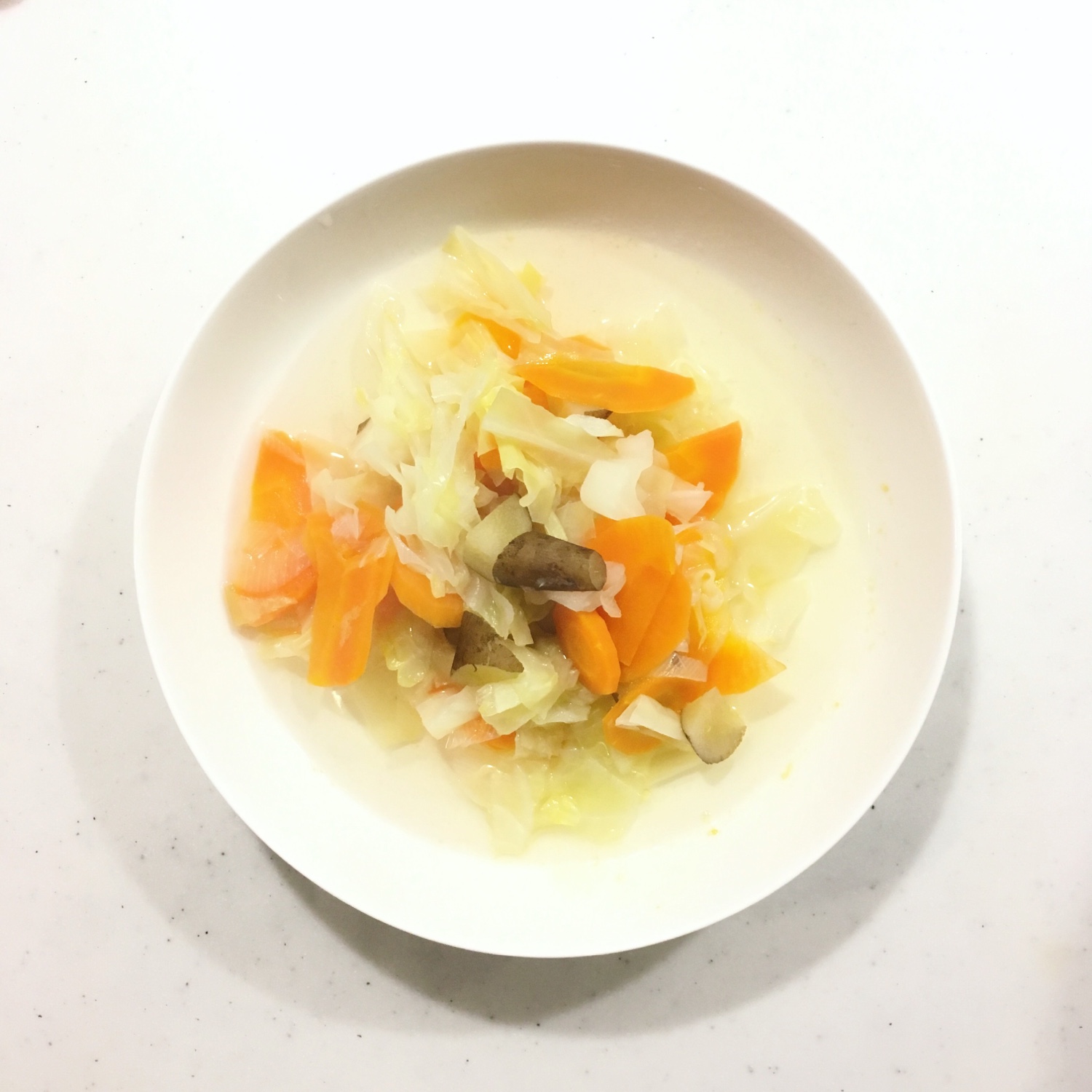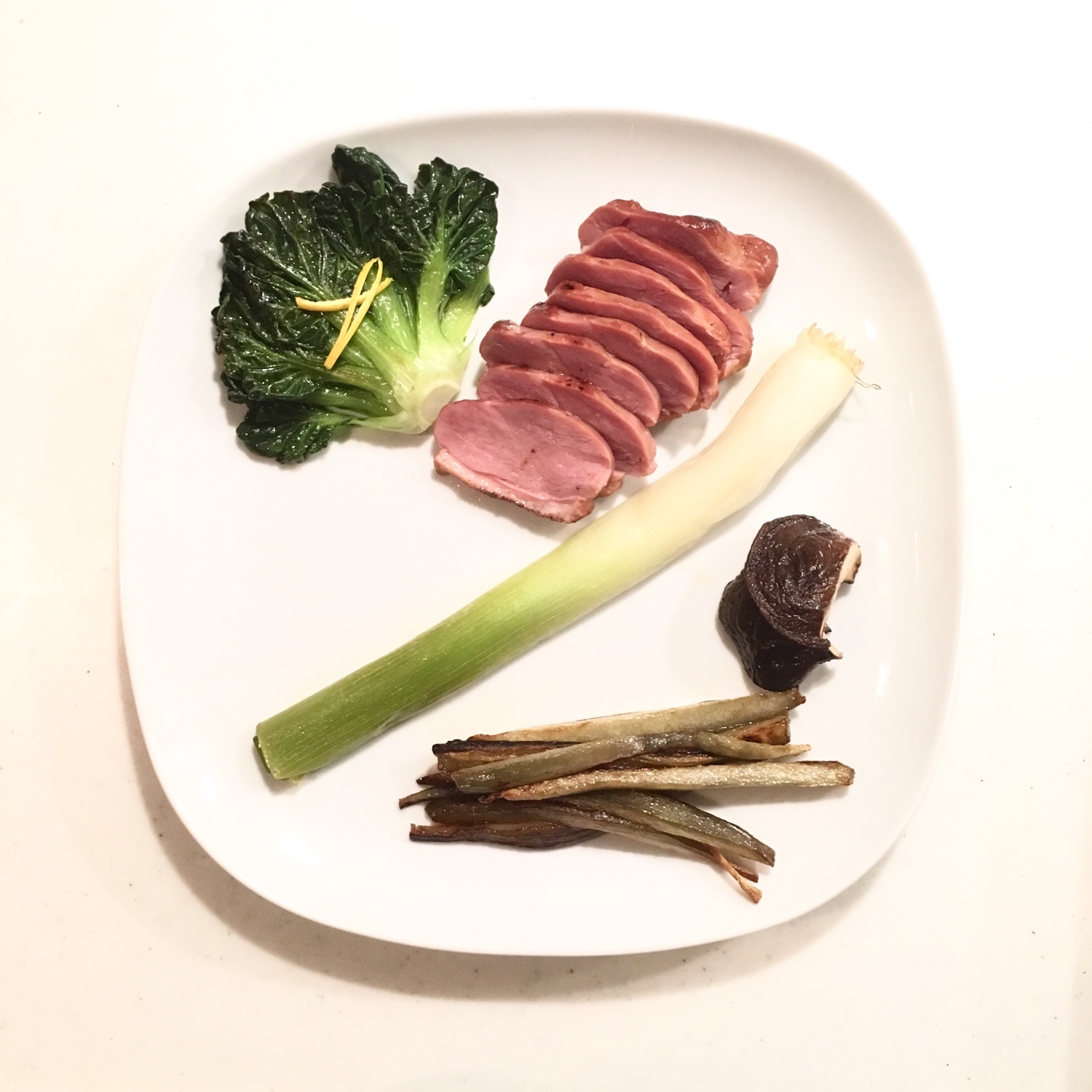I love bagels a lot, but for some obscure reason I almost never make and bake any, hence my last posta about bagels is almost a year old…
So when I saw a recipe in my bread in 5 book, I just wanted to try it. What’s different from the previous one? Basically that it starts like regular bread, in which a little of oil is added to the dough, so it is vegan, the rest is pretty much the same. I kept my way of shaping them rather than the one in the book and same for cooking them. Bread in 5 boiling time was too short for my bagels, I kept with my previous cooking time.
The result was really bluffing. A little less sweet and buttery than with my old recipe, but with the same base I can also make focaccia and fougasse, because I used olive oil. So it makes the preparation very versatile. Of course the boiling and baking of bagels is a little extra effort, but so much worth it… with Isumi smoked ham and the new cheese factory (I’ll talk about this later) cheese I tested this weekend… perfect!

Vegan bagels (makes 6)
– 250g of flour
– 125g of tepid water
– 5g of yeast
– 7g of salt
– 15g of olive oil
Mix all the ingredients, and leave for the first rise for 2-3h at room temperature. When almost double in volume make a ball and cut in 6 pieces. Make 6 balls. Plant your finger in the middle and roll around your finger like a hula hoop until the hole is about 3cm. Leave to rest for another 30-60min. Prepare a pot of boiling water. Roll around your finger before plunging them in the boiling water. Don’t boil more than two or three at the same time. It’s better they don’t touch each other. Cook 90sec on each side and drain. Then roll them in what you want: sesame or any seeds, sugar, spices… bake for 15min at 200deg.
I don’t use egg batter but you can…
Enjoy!




